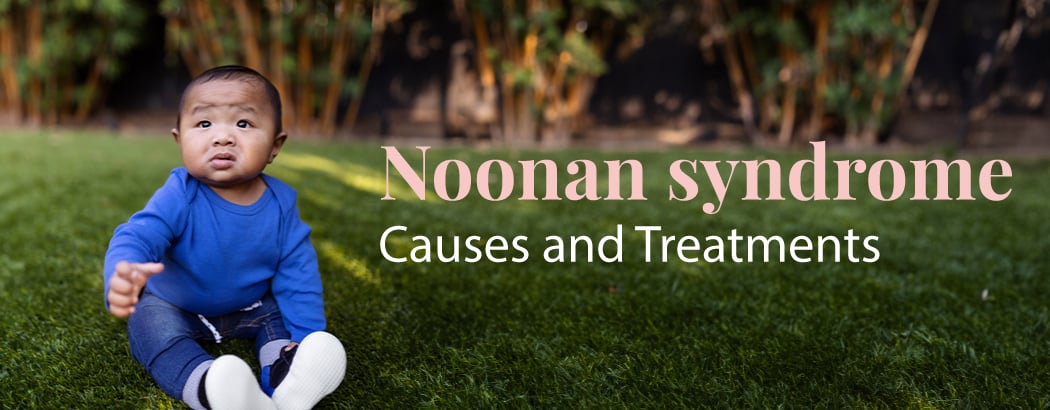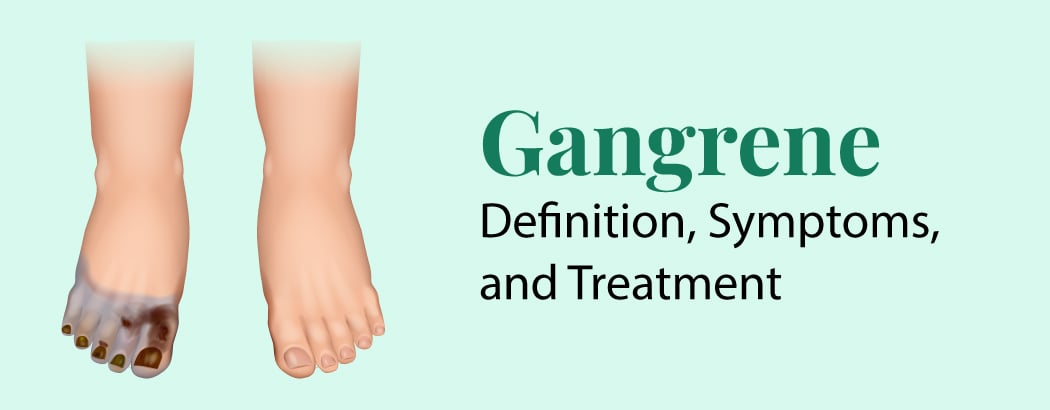Noonan Syndrome: Causes and Treatment
June 21, 2024

Overview
Noonan syndrome is a hereditary disorder that prevents normal development in several bodily parts. Doctors manage the condition by managing its complications and symptoms. Symptoms include unusual facial features, short height, heart, and other physical issues. It can also cause a child to develop more slowly than normal, for example, when walking, talking, or learning new things.
Contents
What is Noonan Syndrome?
A prenatal genetic abnormality, Noonan syndrome impedes normal development in many parts of the human body. Noonan syndrome affects 1 in 1000 to 1 in 2500 people as an uncommon condition. The physical characteristics of the disorder vary greatly in range and severity, and a wide spectrum of symptoms are present. The related anomalies in many afflicted individuals are short height, an unusual chest deformity, a wide or webbed neck, a low posterior hairline, and an unusual facial look. Noonan syndrome does not threaten life, while life expectancy is normal and related health issues are anticipated later in life.
Causes of Noonan Syndrome
Occasionally the cause of Noonan Syndrome is unknown. Noonan syndrome may result from a mutation in one or more genes. These genes undergo changes that result in always active proteins. The regular process of cell development and division is disrupted by this continuous activation of proteins, which is related to the formation of tissues in the body and these genes.
The Noonan syndrome-causing gene mutations can be:
- Inherited Gene Changes: Offspring of a parent with Noonan syndrome who has the altered gene are fifty percent likely to experience the illness themselves. This form of inheritance is known as autosomal dominant.
- Unknown Gene Changes: A child may acquire Noonan syndrome due to a newly altered gene, indicating that the child did not get that gene from a parent. This is referred to as a de novo genetic disorder.
Eight gene mutations have been connected to the condition. The majority of the mutations in these five genes are linked to the disorder:
- SOS1
- PTPN11
- KRAS
- RAF1
- RIT1
Symptoms of Noonan Syndrome
The Noonan syndrome has a wide range of symptoms. The intensity of them varies from minor to severe. Following are the symptoms listed below:
- Few Facial Characteristics: Large eyes, low-set ears, a broad nose and forehead, and a tiny jaw, may be present as symptoms.
- Musculoskeletal Problems: Anomalies of the elbows or breastbone, kyphosis or scoliosis, or aberrant curvature of the spine.
- Conditions Affecting the Eyes: Astigmatism, squinting, amblyopia (lazy eye), ptosis (drooping eyelids), and large distances between them.
- Hearing Issues: Sensorineural deafness, or hearing loss
- Cardiovascular Problems: Hypertrophic cardiomyopathy (heart muscle thickening), atrial or ventricular septal abnormalities, pulmonic stenosis (heart valve problem), irregular heart rhythm.
- Problems with Growth: Low stature becomes noticeable when the child turns two if treatment is not received.
- Learning problems: Some individuals with Noonan syndrome may have lower IQ or minor learning impairments.
- Additional problems: Although they are less frequent, eating and behaviour disorders are also potential concerns.
- Blood problems: Abnormal white blood cell count and blood coagulation disorders can result in increased bruising and bleeding.
- Disorders of the Lymphatic System: Lymphedema (fluid accumulation in the lymphatic system)
- Reproductive problems: Male infertility and undescended testes
- Disorders of the kidneys: Lack of one kidney, for instance
Treatment of Noonan Syndrome
Noonan syndrome is treated by addressing many aspects of the condition.
- Preventing major cardiac issues: Prompt identification and treatment of cardiac issues can avert long-term health effects. The best course of action may involve medication, surgery, or close monitoring, depending on the kind and severity of your heart issue.
- Recognizing and managing medical complications: Noonan syndrome is linked to several health issues, such as cancer, infertility, and bleeding. As of yet, no test can determine if these issues start to interfere with health. Regular planned check-ups allow the healthcare practitioner to spot new issues through a physical examination and the medical history while they are still curable.
- Encouraging Normal Growth: Some children with Noonan Syndrome have been treated with growth hormone to promote growth, which aids in achieving the ideal height and bone structure and has been said to be effective for children with Noonan Syndrome.
- Genetic Counseling: Since this condition is typically inherited, genetic counseling can help parents gain as much knowledge of developing specific illnesses, including Noonan syndrome, before considering starting a family.
Conclusion
Usually inherited, Noonan syndrome is a very common genetic illness that can also strike individuals whose parents do not possess the gene. Short height, angular eyes and head, and a thick neck are typical characteristics.
People with Noonan syndrome often live long lives, however, they may have lifetime obstacles such as weak bones, heart problems, blood clotting abnormalities, and other conditions. A precise diagnosis and the right course of treatment are facilitated by genetic testing, blood testing, and cardiac function testing.
To stay informed about new therapies and studies, a visit to a healthcare practitioner is advised to discuss the most recent experimental trials.
Frequently Asked Questions
1. How Noonan syndrome is treated?
A child with Noonan syndrome will have a care plan tailored to their requirements. Many will require assessments from a range of various experts.
2. What is the preliminary line of diagnosis for Noonan Syndrome?
The doctor can identify the disorder by analyzing the typical physical characteristics and assessing signs and symptoms. Some cases are difficult to diagnose because of the complexity of the features. A genetic test is conducted for confirmation.
3. When to see a doctor?
Noonan syndrome symptoms can occasionally be difficult to identify. Consult your child’s pediatrician or your primary care physician if you think you or your child may have this problem. Depending on the symptoms, you could be sent to a genetics expert, a specialist in cardiac issues, or another kind of physician.







